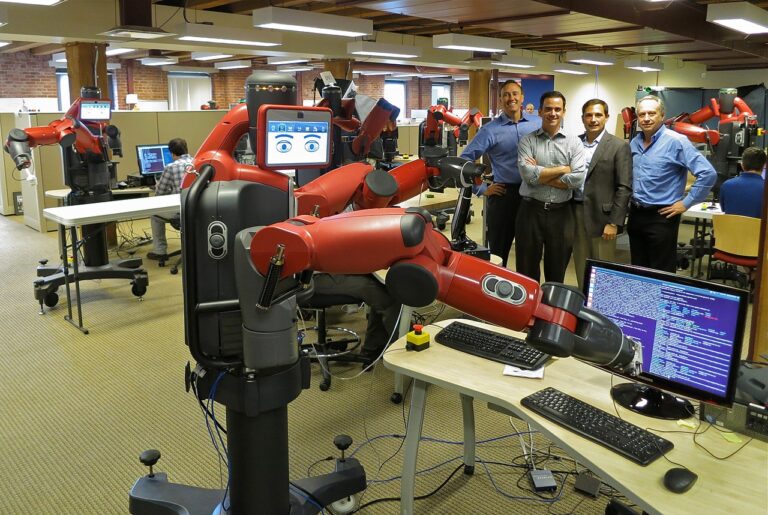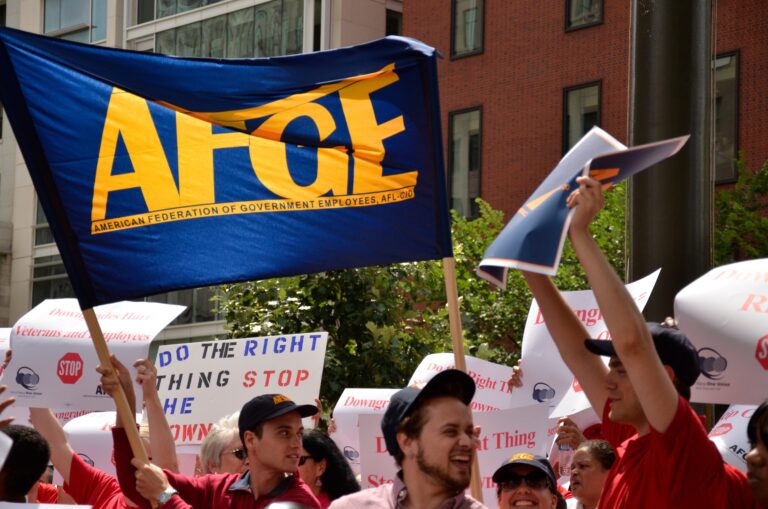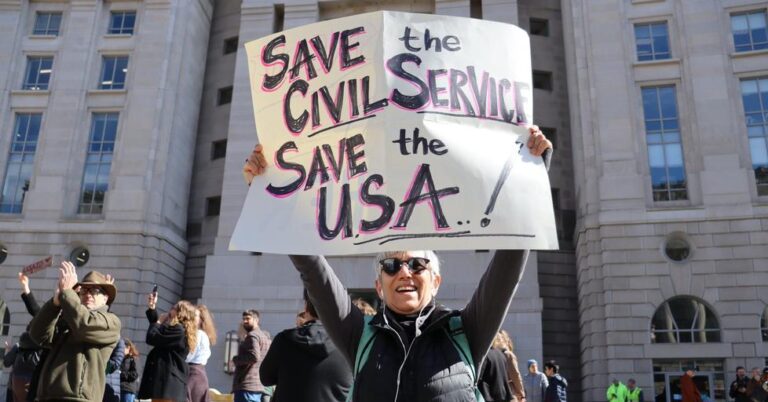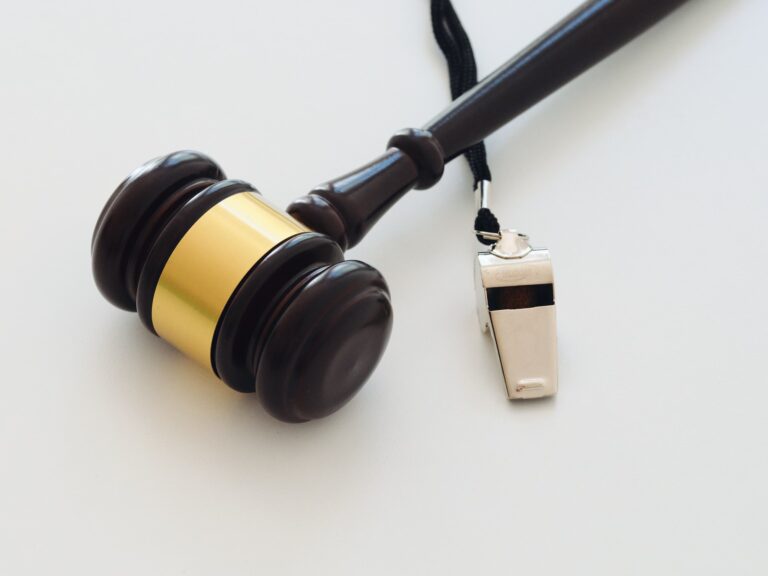
Swap Agrawal is a student at Harvard Law School.
In this weekend’s news and commentary, a leaked Amazon memo gives insight into its anti-union strategy and Congress advances legislation to protect workers from dangerous heat conditions.
On July 29, Vox reported on a leaked memo authored by Amazon officials in May 2021 offering insight into the company’s anti-union strategy in Southern California, a crucial logistics hub for Amazon. The memo established two goals for Amazon: establish and deepen “relationships with key policymakers and community stakeholders” and improve “Amazon’s overall brand.” The document called for Amazon to establish boost its reputation among the community by coopting the allies of the company’s major critics and launching feel-good initiatives for the media and local politicians to report on. The allies Amazon targeted included organizations dedicated to helping incarcerated people find stable work upon reentry into society, such as the Anti-Recidivism Coalition, Homeboy Industries, and Defy Ventures. The leak also reveals Amazon’s fear of the Teamsters following their special resolution in June 2021 promising that “building worker power at Amazon and helping those workers achieve a union contract is a top priority.” “This engagement strategy is particularly important at this time given the International Brotherhood of Teamsters (IBT) attacks against Amazon, and its campaign to unionize our workforce,” the memo warned. “While we see multiple threats to our business in Southern California,” the memo read, “of those threats, JC42 is exponentially greater than its peers.” JC42 is the largest Teamsters US Joint Council — a collection of local Teamsters unions in a given region.
On July 27, the Education and Labor Committee advanced the Asunción Valdivia Heat Illness and Fatality Prevention Act of 2022 (H.R. 2193), a bill aimed at preventing heat-related injuries at the workplace for farmworkers, construction workers, and others at risk of suffering heat illnesses. Many of these injuries are severely undercounted. The legislation would require OSHA to establish an enforceable standard to protect workers in jobs at risk for hazardous heat stress with measures like paid breaks in cool spaces, access to water, limitations on time exposed to heat, and emergency response for workers with heat-related illness. It would also direct employers to provide training and hazard advisories to their employees about heat stress in the language their employees understand. The legislation, named after a man who died of a heat stroke in 2004 after picking grapes for ten hours straight in 105-degree temperatures, is supported by many unions and workers’ organizations including the United Farm Workers of America, AFL-CIO, International Brotherhood of Teamsters, the National Employment Law Project, and SEIU.






Daily News & Commentary
Start your day with our roundup of the latest labor developments. See all
December 5
Netflix set to acquire Warner Bros., Gen Z men are the most pro-union generation in history, and lawmakers introduce the “No Robot Bosses Act.”
December 4
Unionized journalists win arbitration concerning AI, Starbucks challenges two NLRB rulings in the Fifth Circuit, and Philadelphia transit workers resume contract negotiations.
December 3
The Trump administration seeks to appeal a federal judge’s order that protects the CBAs of employees within the federal workforce; the U.S. Department of Labor launches an initiative to investigate violations of the H-1B visa program; and a union files a petition to form a bargaining unit for employees at the Met.
December 2
Fourth Circuit rejects broad reading of NLRA’s managerial exception; OPM cancels reduced tuition program for federal employees; Starbucks will pay $39 million for violating New York City’s Fair Workweek law; Mamdani and Sanders join striking baristas outside a Brooklyn Starbucks.
December 1
California farmworkers defend state labor law, cities consider requiring companies to hire delivery drivers, Supreme Court takes FAA last-mile drivers case.
November 30
In today’s news and commentary, the MSPB issues its first precedential ruling since regaining a quorum; Amazon workers lead strikes and demonstrations in multiple countries; and Starbucks workers expand their indefinite strike to additional locations. Last week, the Merit Systems Protection Board (MSPB) released its first precedential decision in eight months. The MSPB had been […]